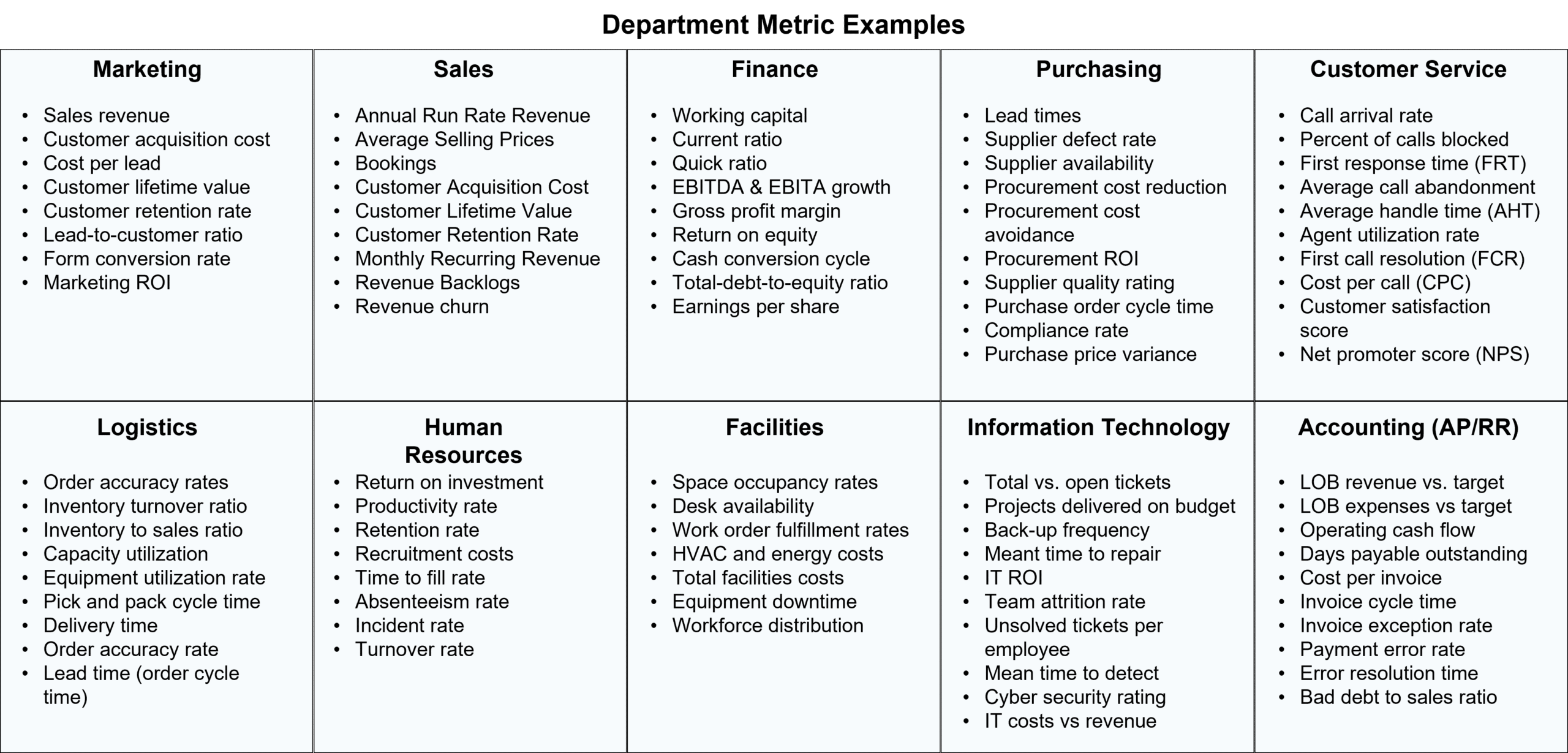The News: Microsoft recently held its State of the Microsoft Cloud Partner Ecosystem with a flurry of announcements designed to help the organization further entrench itself in the enterprise application market, coupled with helping its partner base transition into as-a-service models. See more from Microsoft.
Microsoft Releases its State of the Microsoft Cloud Partner Ecosystem Update
Analyst Take: Microsoft’s State of the Microsoft Cloud Partner Ecosystem, designed to provide updates to the Microsoft Cloud Partner program, is an excellent move for Microsoft and its 400,000 worldwide partners on many fronts. For starters, the company is laser-focused on growing its share of the as-a-service market, whether infrastructure or application software. As such, it’s imperative that the company continues to organize, train, and operationalize its massive partner base into specialty areas whether they are vertical, departmental, or job function specific.
Some of the updates shared at Microsoft’s State of the Microsoft Cloud Partner Program that were noted include:
- Partner Designations: Microsoft added new Microsoft Cloud Partner business application designations in the areas of finance, sales, service, and supply chain which increases its offered designations to 28 in total. Microsoft also said it is offering designations for its ISV partners in the areas of finance, retail, security, marketing and sales.
- Artificial Intelligence: Microsoft is also allowing its Microsoft Cloud Partners to tap into its generative artificial intelligence strategy with ChatGPT in Azure OpenAI Service which will allow its partners to help organizations drive better efficiencies by creating more predictive models, along with process automation. Microsoft said its partners will get a chance to apply and access GPT-4 in Azure OpenAI in April.
I see the new Microsoft Cloud Partner designations in finance, sales, service, and supply chain as an excellent move for Microsoft. They pose some of the best use cases for weaving in artificial intelligence across the organization, and will also serve to move partners further into the nerve center of the organization, which creates another element of stickiness, along with other service opportunities. In fact, there are many partner types out there that provide data analytics, knowledge management (KM), and much more, which will help organizations make better use of qualitative and quantitative information for their information management strategies.
Microsoft continues to add specialty designations and training, along with moving into high growth markets such as mid-market cloud-based ERP. This is an excellent opportunity for the company and its partners due to the rich ecosystem of traditional and non-traditional partners such as accountants, financial analysts, lawyers, financial planners, risk mitigation professionals and more, where partners can play a valuable role.
In the future, we expect Microsoft Cloud Partners to continue to move into new departments as they continue to grow with their end-user businesses. For example, as a smaller business grows, they have a tendency to add additional departments as they try to scale their businesses. Thus, as we’ve mentioned in the past, we expect partners to become departmental experts understanding each metric (image below) and how the software can help their clients.

Wrapping it up, Microsoft’s State of the Microsoft Cloud Partner Ecosystem announcements are a continued indication that the company is serious about turning its 400,000 partners into an extension of the company that will further entangle Microsoft and its partners into their end-user organizations as true consultants.
Disclosure: Futurum Research is a research and advisory firm that engages or has engaged in research, analysis, and advisory services with many technology companies, including those mentioned in this article. The author does not hold any equity positions with any company mentioned in this article.
Analysis and opinions expressed herein are specific to the analyst individually and data and other information that might have been provided for validation, not those of Futurum Research as a whole.
Other insights from Futurum Research:
Microsoft’s AI Approach Dissected: What It Plans for AI
Microsoft Teams Announces a Copilot to Help Users Navigate Their Data, Spur Productivity



